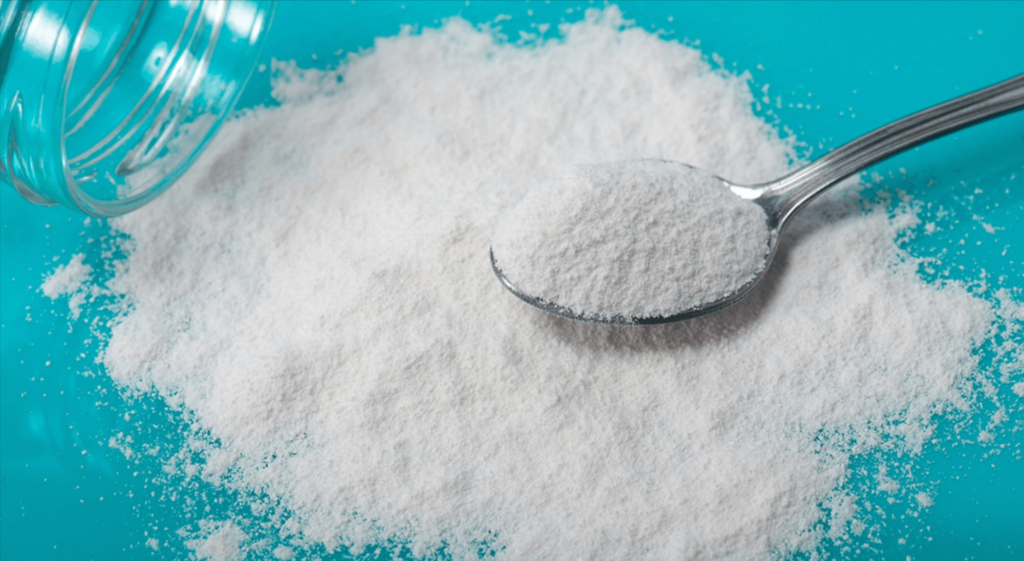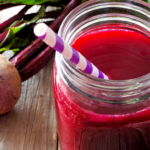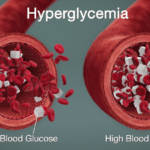Maltodextrin is a white powder derived from plants like corn, potatoes, rice, wheat, or tapioca. It is commonly used in various products, including cereals, ice creams, baby foods, and salad dressings.
The Food and Drug Administration (FDA) considers maltodextrin to be generally safe, and it is frequently used as a filler, preservative, or thickener in food and beverages. While it may be beneficial for some individuals, it can have adverse effects for those with diabetes or digestive issues.
Maltodextrin in Processed Foods
Maltodextrin is a highly processed carbohydrate derived from sources like corn, potato starch, rice, wheat, or tapioca. It is produced through hydrolysis, where enzymes break down the starches using water.
While maltodextrin and sucrose (table sugar) are both carbohydrates and provide four calories per gram, they have distinct differences. Unlike sucrose, maltodextrin is not sweet. Maltodextrin can be used in place of sugar due to its similar properties, such as its ability to dissolve in water and create a sticky texture. However, it has a higher glycemic index compared to table sugar, which means it can more significantly impact blood sugar levels.
Maltodextrin is commonly used in various processed foods, including:
- Ice cream
- Baby food
- Medical food products (such as protein drinks for pre-surgery)
- Dried instant food products
- Baked goods, including pastries
- Cereals
- Processed snacks
- Beverages (such as sports and rehydration drinks)
- Salad dressings, sauces, and spreads
- Condiments like mayonnaise
- Low-fat dairy products
Maltodextrin is used in sugar substitutes like Splenda to add bulk. Because sweeteners such as sucralose (Splenda), aspartame (NutraSweet, Equal), and acesulfame potassium (Sunett, Sweet One) are chemically altered to be significantly sweeter than regular sugar, only a small amount is needed for the same level of sweetness.
Maltodextrin helps replace the volume lost when using these intense sweeteners, making the product’s texture more like that of regular sugar. It can also be found in items labeled as “low-sugar” or “sugar-free.”
What Are the Uses of Maltodextrin?
Maltodextrin is commonly used in the food industry for its cost-effectiveness and versatility. It helps to stabilize food by preserving its texture and appearance.
It acts as a moisture absorber to prevent clumping, which keeps baked goods soft and prevents them from hardening over time. In frozen dairy items, maltodextrin helps control ice crystal formation.
As a thickener, maltodextrin easily integrates into processed foods. It can dissolve, distribute, and bind ingredients, making it a valuable component in products like salad dressings and sauces for achieving a desired thickness.
Maltodextrin is used in various applications, including:
- Infant Nutrition: It can substitute lactose in infant formulas for those who are lactose intolerant, offering a carbohydrate source for energy when lactose is unsuitable.
- Nutrition Support: Maltodextrin is used in enteral and parenteral nutrition for individuals who cannot consume food orally. It is also included in pre-surgery drinks to provide additional nutrients.
- Hydration and Energy: It delivers a caloric content similar to sugar and is added to rehydration and energy drinks to boost energy and maintain hydration.
- Fat Replacer: Due to its ability to form a thick, fat-like gel, maltodextrin can simulate the texture of fat in various food products.
When Is It Unsafe?
While maltodextrin is usually deemed safe to consume, those with diabetes or digestive inflammation should be cautious. Early studies suggest that maltodextrin could influence gut health, the gut microbiota (the community of microorganisms in the digestive system), and the central nervous system. However, more research is needed to fully understand these effects.
Diabetes
Maltodextrin can elevate blood sugar levels, so individuals with diabetes, prediabetes, or insulin resistance should be cautious about their intake. Given its higher glycemic index compared to table sugar, maltodextrin can cause a significant increase in blood sugar levels. Monitor your blood sugar closely if you consume maltodextrin.
Symptoms of high blood sugar (hyperglycemia) to be aware of include:
- Blurry vision
- Dry mouth
- Fatigue
- Headache
- Increased thirst
- Frequent urination
Nervous System
A study observed that maltodextrin in Splenda altered neuronal activity in mice, affecting brain regions involved in food intake, preferences, obesity, and energy regulation.
The researchers noted that further research is required to fully understand how Splenda might influence food preferences and dietary choices. Since the study was conducted on mice, it offers limited insight into the potential effects of Splenda on the human nervous system.
Gut Health
Research indicates that maltodextrin may impact gut health. For instance, a 2022 study observed damage to the intestinal mucus layer in mice, though these findings may not directly translate to humans.
Maltodextrin might contribute to intestinal inflammation and could be a factor in chronic inflammatory conditions. Studies suggest that it may disrupt the balance of gut microbiota, leading to issues such as:
- Reduced ability to respond to Salmonella infections
- Increased growth of certain strains of Escherichia coli (E. coli)
Additionally, research involving mice susceptible to Crohn’s disease found that those consuming Splenda, which contains maltodextrin, exhibited changes in their gut microbiota and had a higher likelihood of developing Crohn’s-like diseases.
Common substitutes to Maltodextrin
Substitutes for maltodextrin often include familiar sweeteners such as table sugar, honey, maple syrup, or fruit juice concentrate, though these can also cause blood sugar spikes.
For those seeking alternatives to artificial sweeteners with maltodextrin, sugar alcohols may be an option. These include:
- Xylitol
- Sorbitol
- Mannitol
Some sugar alcohols, like erythritol, have no calories and do not affect blood sugar levels. While they are generally safe to consume, they can cause bloating, gas, and diarrhea, so they should be used in moderation.
Takeaway
Maltodextrin is a commonly used additive for its roles as a preservative, thickener, and bulking agent. It is produced from starches like corn, potato, rice, wheat, or tapioca. While the FDA typically deems maltodextrin as safe, it can elevate blood sugar levels and has been associated with intestinal inflammation in some studies.
For those with conditions such as inflammatory bowel disease (IBD), including Crohn’s disease or ulcerative colitis, irritable bowel syndrome (IBS), or diabetes, it may be advisable to limit maltodextrin intake to avoid exacerbating symptoms or experiencing adverse effects.


